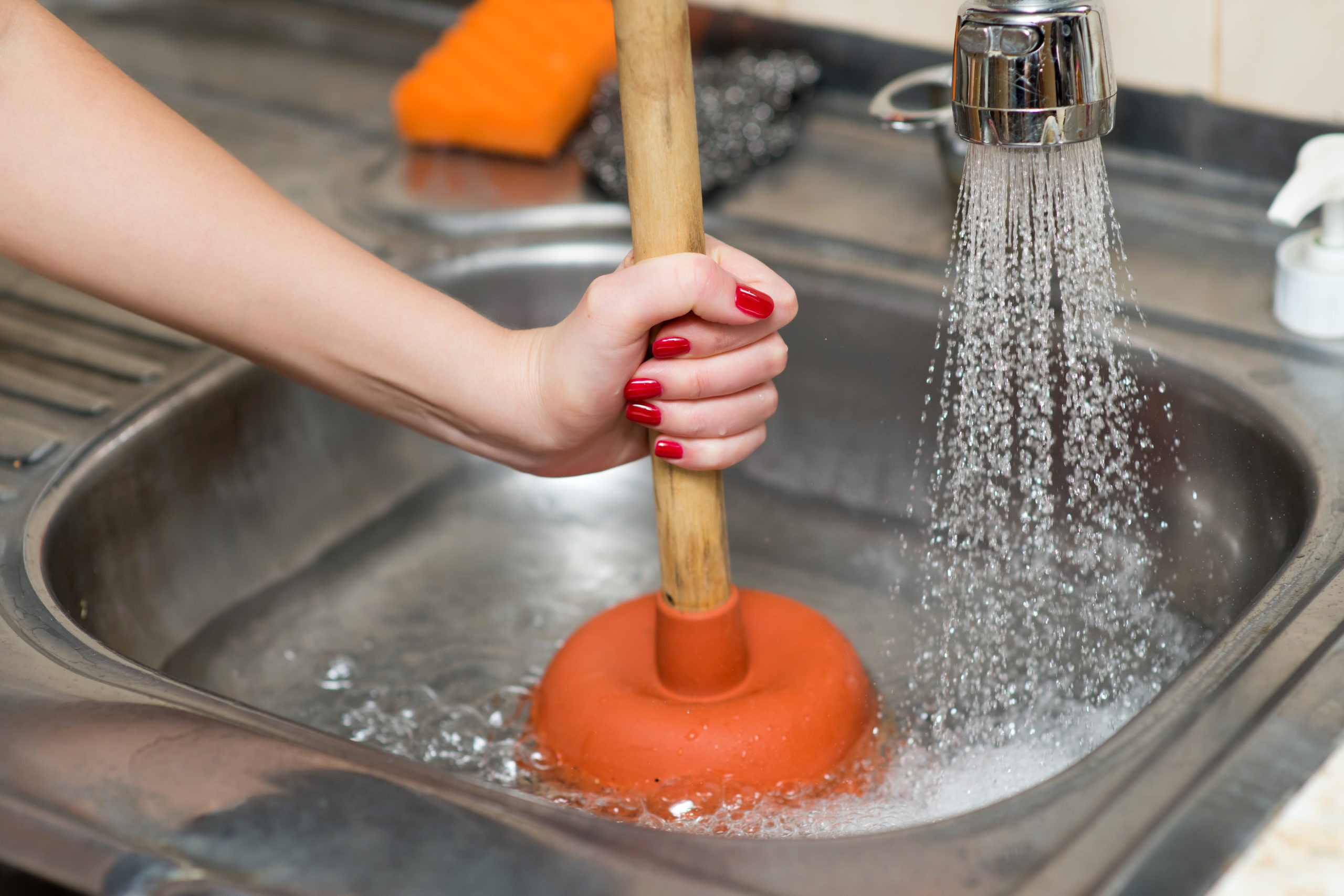A blocked drain or sink is one of the most common plumbing issues in a home. Although they say time is a healer, that’s not the case with blocked drains. Ignoring any sign of a blocked sink worsens the problem. If left unchecked, the situation may lead to a drainage system being destroyed or cause an overflow in your sinks. So, it’s good to be aware of the early signs of a blocked sink and act quickly to have it fixed before the problem worsens.
But what are the signs of a blocked sink you should look for? In this post, some of the early signs to help you identify a blocked drain in your house are listed down. The soonest you observe them, it’s crucial to seek plumbing services such as Essendon Plumbing Services to have your drainage system professionally assessed.
1. Slow Drains
If your sink is draining slowly, this could be a warning sign that you have a blocked sink. If the clog is severe, the water might not drain at all. Although you may be tempted to bypass fixing the problem if it’s minor, it’s essential to act quickly before the clog destroys your pipes or the entire system.
Different things can cause your sink to clog that lead to slow drains, including toothpaste, hair, and soap residue in the bathroom sink or food particles and grease in kitchen sinks. Therefore, you should be careful of what goes down our sinks to avoid these clogs.
It’s also important to identify the blockage within the plumbing system. If only one section, like the bathroom or kitchen, is draining slowly, then the clog is possibly located in that specific drain. If there are several sections like the toilet, kitchen, and bathroom draining slowly, then the clog is probably in the main sewer line.
2. Unpleasant Smell
If your sink has an awful smell, it’s an obvious sign of a plumbing red alert. The foul smell is often caused by food, debris, or organic matter that has stuck and has begun to rot. Bad smell isn’t only the common sign of a blocked sink, but it’s also likely to be the first. You first have an unpleasant smell in a clogged drain prior to seeing any visual signs, so it’s crucial to get it checked immediately before the problem escalates.
Although running water down the drain may seem wise to clear any stuck debris causing a bad smell, the water can worsen the situation by aggravating potential bacteria growing in the pipes.
3. Rising Water
The toilet is a good marker of a blocked drain and portrays the extent of the blockage. If water levels in the shower or bathtub rise when flushing your toilet, this could signify a blocked drain. This also applies to other water-based sections that cause water to rise elsewhere when they’re being used.
Therefore, if you notice any water rise in your toilet bowl when running in the faucet, or you identify water spilling from a maintenance hole outside your house, you may have a blocked drain. Plus, if you notice your toilet draining away more slowly than expected, this could signify a clogged drain. Generally, water levels in your toilet shouldn’t rise when flushing.
4. Gurgling Sound
If you notice any strange sounds coming from your drains, this indicates a clogged sink. The sound comes from debris trapped in the pipes that block water flow and hinder air from circulating freely through the pipes. These sounds can come from toilet flushes, bathroom, or kitchen drains. Luckily, fixing the issue is easily attainable.
What You Should Do In Case Of A Blocked Sink
Once you’ve noticed that your sink may be clogged, the best thing is to act immediately to avoid further damage to your drainage system. Before contacting a professional plumber, try the following home solutions out:
- Boiling water: Boiled water can help loosen the blockage, especially if it’s from grease, hair, or soap residue.
- Utilize a plunger: If one fixture in your house is blocked, it can easily be fixed using a plunger. Just fill the plunger with water, then press and pull rapidly for about 30 seconds. If the water starts draining slowly, continue plunging until it drains quickly.
- Use a mixture of baking soda and vinegar: This is a natural unclogging method that helps break down the blockage in your sink
- Clean the P-trap: A sink can block if the p-trap or the elbow-shaped pipe under your sink is stuck with debris. Fix this by opening up the pipe and cleaning out any debris causing the blockage.
Conclusion
Blocked drains or sinks can be a pain in the neck. Luckily, you can do some do-it-yourself (DIY) tricks and resolve the issues. Nevertheless, if unclogging the sinks becomes difficult, don’t hesitate to call a professional plumber to carry out repairs on your behalf.


